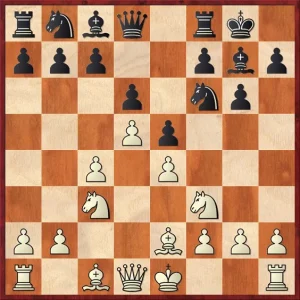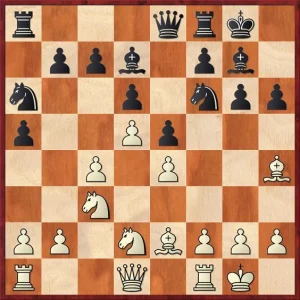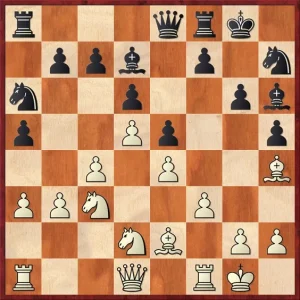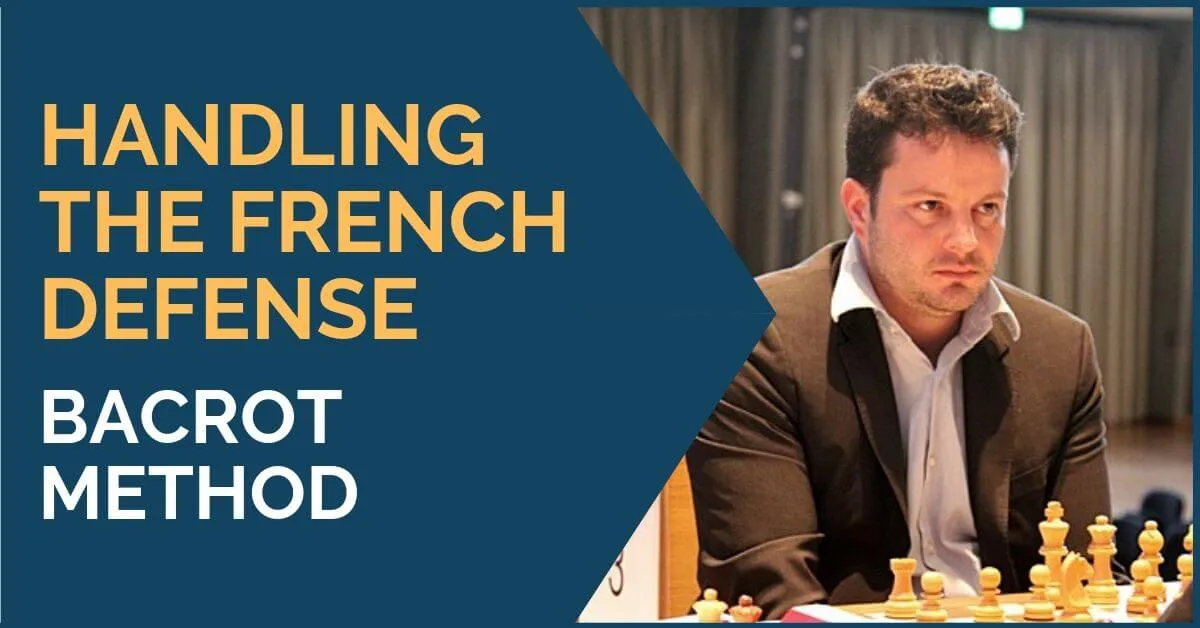The Petrosian System Against the King’s Indian

Petrosian System: When it comes to facing the King’s Indian, white has a wide range of possibilities to choose from. Deciding on one of them is not something easy to do. There are plenty of good choices and we want to play them all but who has time to study so much? It would be unpractical for short-term results.
Petrosian System – Part 1
When choosing an opening variation, the decision is made considering the kind of position you want to obtain in the middlegame. For example, the Fianchetto variation is often recommended against the KID, as it is a super solid line and offers decent chances for an advantage.
However, the positions you get in the middlegame are completely different from the classical King’s Indian. Each player has to choose their own lines that suit them better to their playing style. Of course, sometimes the advice of a coach helps. In this article, we will discuss the so-called Petrosian System against the King’s Indian. We will discuss the main ideas for each side and the theoretical lines. See the diagram below:
After the moves:
1.d4 Nf6 2.c4 g6 3.Nc3 Bg7 4.e4 d6 5.Nf3 0-0 6.Be2 e5 7.d5

This move is rarely seen nowadays at the top level where most players prefer less compromising moves like 7.Be3 (Gligoric System) or 7.0-0 (Classic Mainline). But let’s see what made the former World Champion develop the ideas behind the move 7.d5 and obtain success with it.
- It’s a direct line – This means that white can play it no matter what, leaving black without many choices compared to moves like 7.0-0 or 7.Be3, where black has choices like 7…exd4 or 7…Na6.
- White is firmly decided on reaching a middlegame with a settled pawn structure. This has to do with the previous point as well. White wants this pawn structure in the center where the plans are defined early in the game.
King’s Indian – Part 2
After 7.d5 black has tried different moves, 7…Na6, 7…c5, 7…Nbd7 but neither of them has managed to bring an improvement to the main move 7…a5! To which white responds with 8.Bg5.
Ready to start systematic training that actually works?
Click here to start your training using the day-by-day program.
Black’s plan:
- Develop his queenside knight via a6 – From here it can go to c5 anytime but it also holds white’s queenside attack by controlling the square b4;
- The Bd7 + Qe8 setup – Useful not only to unpin the knight on f6 from white’s bishop on g5 but black also threatens to play a5-a4 in case white plays a3 without b3;
- The importance of the move h6 – Many players, masters included, fail to realize the importance of playing 8…h6! After 8.Bg5 white’s threat is to play 9.Nd2. This way, his bishop can freely return to e3 and he would get an “ideal setup” to put pressure on black’s queenside. After the move 8…h6, 9.Be3 runs into 9…Ng4, and if 9.Bh4, white now needs three tempi (Nd2-f3-Bf2) to reach the desired setup.
The mainline (after 7…a5) continues with:
8.Bg5 h6 9.Bh4 Na6 10.Nd2 Bd7 11.0-0 Qe8

There are a few sidelines for each side along with these last moves but nothing especially relevant. Now, white’s plan is to launch a queenside attack by a3-b4-c5, but it requires plenty of preparation as he first needs to prevent the advance a5-a4. Black, as usual in the King’s Indian, will start actions on the opposite wing, the kingside.
Petrosian System – Part 3
12.b3 Nh7 13.a3 h5 14.f3 Bh6
This move threatens g5, winning a piece, so white continues now with:

Black has now ideas of transferring the bishop to e3 and then to c5. White can allow this or he can prevent it by playing Bf2. In general, the battle is quite complex and both sides have equal chances.
After having explained the basic ideas of this interesting system against the Kings Indian, let’s have a look at a few examples fully explained.
The first game, between Topalov and Mamedyarov, is a top game in this line, in one of the sharpest positions of this variation. Check out the analysis in the game below:
King’s Indian – Part 4
The next game was played between two experts on each side of the variation. Jussupow played the Petrosian system several times, even against Garry Kasparov, and Branko Damljanovic is one of the biggest experts in the King’s Indian. Quite an interesting game.
In the next game, white prevents the move Be3+ by playing Bf2. Kotronias shows the right path to attack the white king when this happens.
We hope our readers have enjoyed this article and learned more about the secrets of the King’s Indian Defense.
If you want to improve your chess level, you need to have a clear study plan. If you aim for a dramatic improvement at chess you need to work on all of the elements of the game in a systematic way:
- tactics
- positional play
- attacking skills
- endgame technique
- classical games analysis
- psychological preparation
- and much more
That seems to be like a lot of things, and that is. But no worries, we have made it easy for you. Our comprehensive training course covers it all and much more. Sign up for 21 Day Training right now!










Comments: